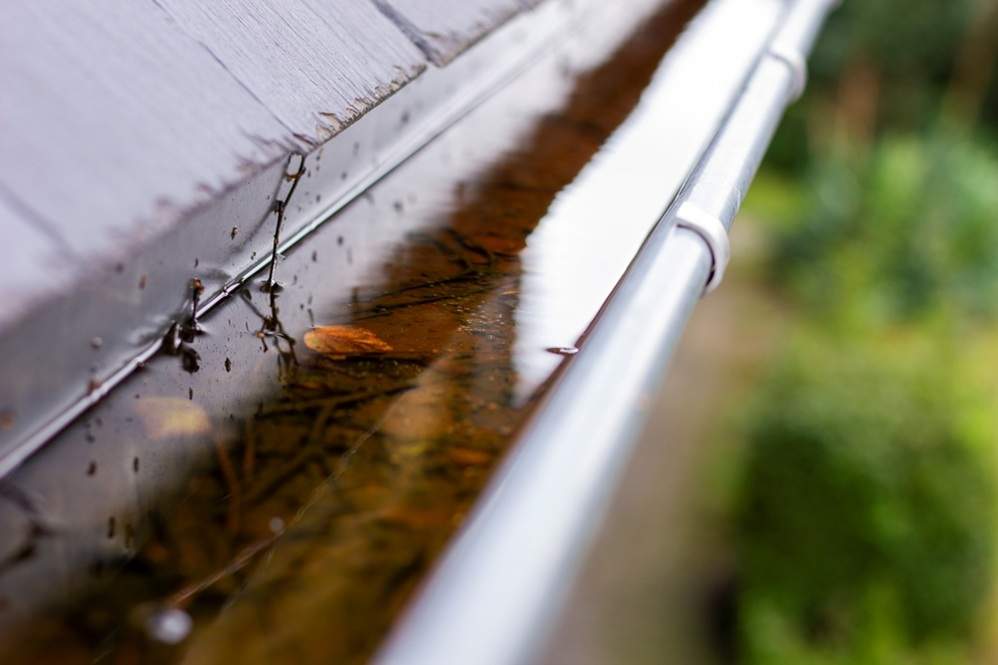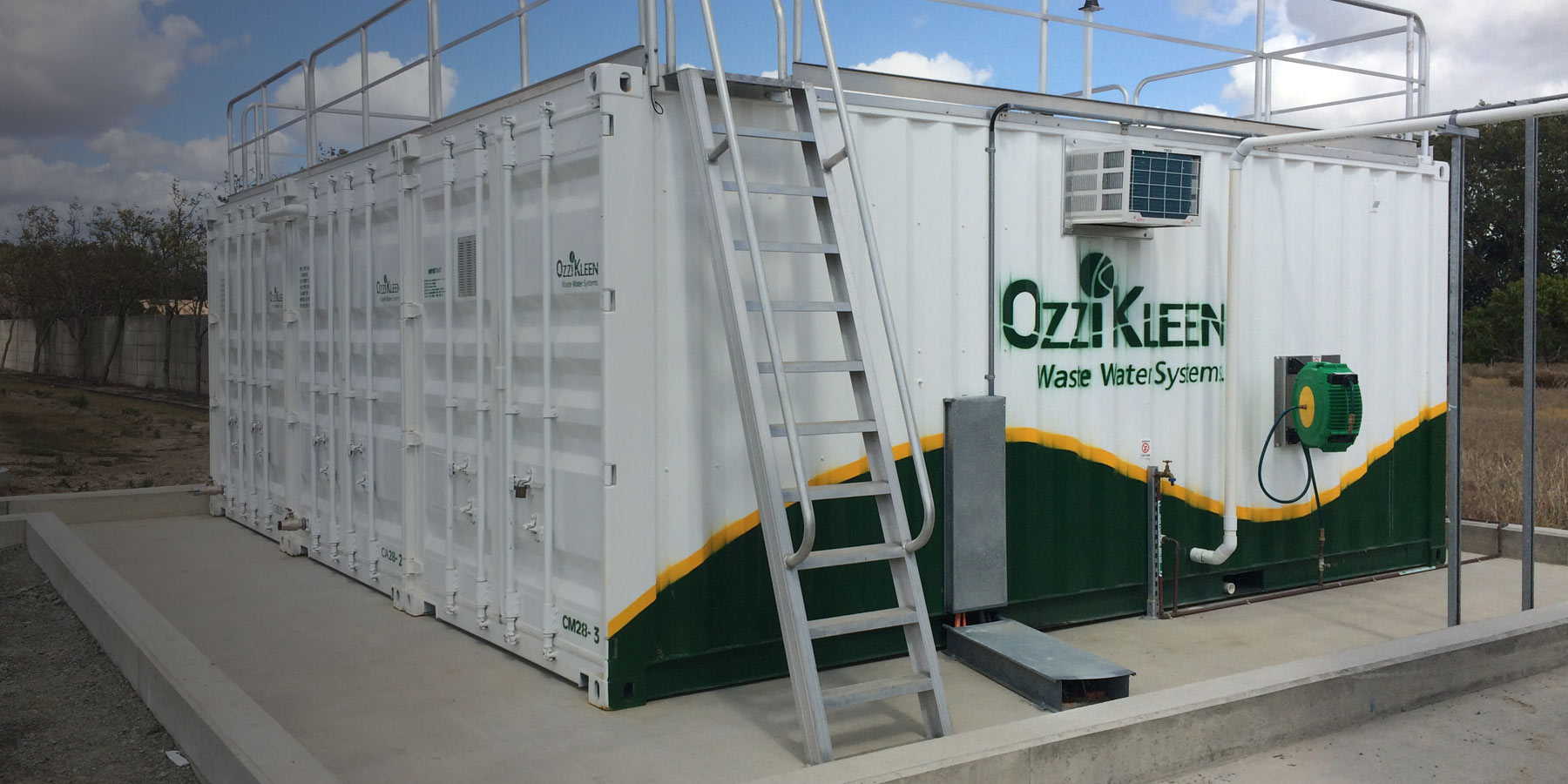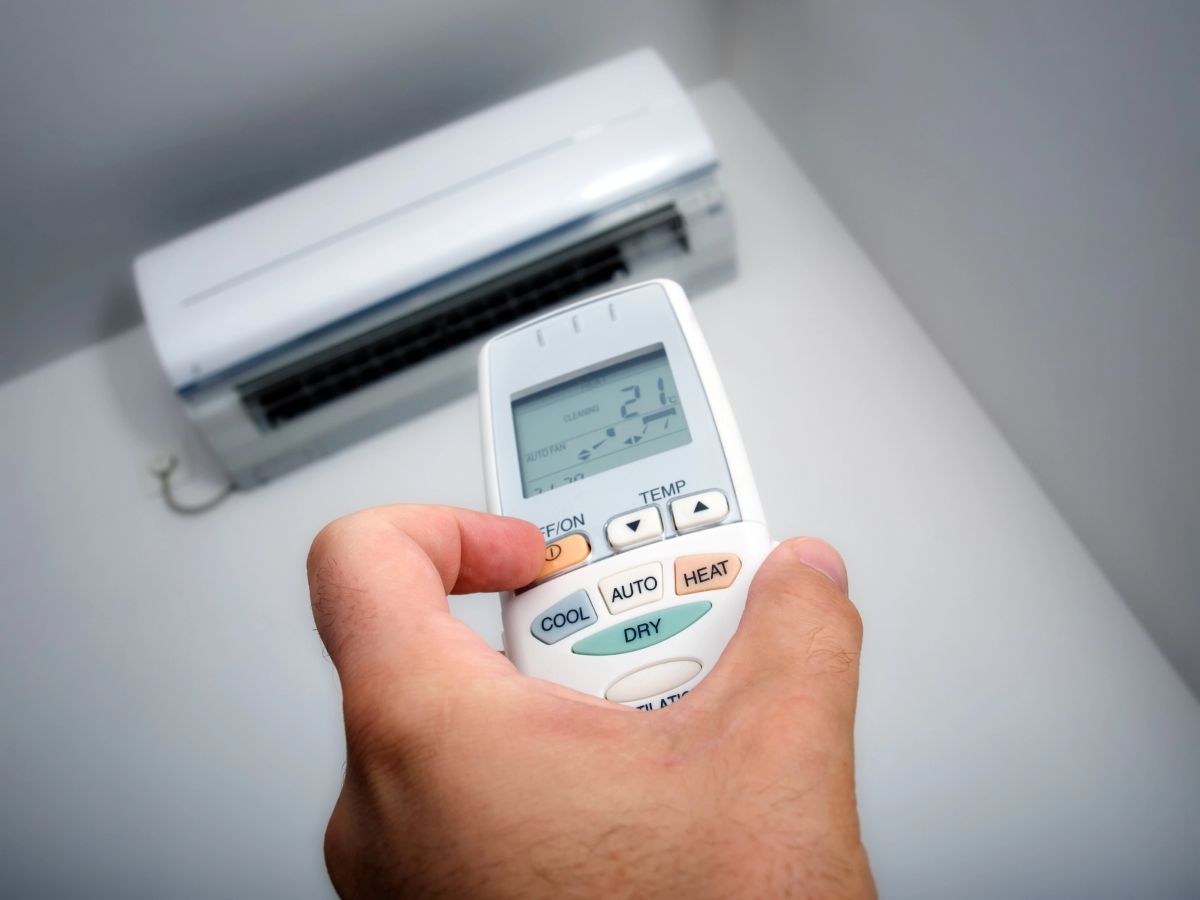When the skies open up in Kerikeri, your roof’s spouting system becomes your home’s first line of defence. Yet many homeowners don’t realise that serious water damage can unfold in a matter of hours if your spouting system isn’t performing properly. Whether it’s a blocked downpipe, a blown-out joint, or water gushing where it shouldn’t, spouting issues can go from inconvenient to urgent in no time. And in a coastal climate like Kerikeri’s, that urgency escalates even faster.
This guide covers the top three emergency scenarios local homeowners face, why they matter, and what you can do about them until a licensed roofing expert steps in.
Key Takeaways
- Overflowing spouting during heavy rain is often caused by blocked gutters or undersized systems and can quickly lead to internal water damage.
- Broken or detached joints are commonly the result of poor-quality materials, corrosion, or high winds common in the Bay of Islands.
- Hidden leaks behind spouting often go unnoticed until symptoms like mould, stains, and swelling appear inside your home.
- Quick fixes like sealing tape or temporary tarps can prevent further harm but won’t provide a permanent solution.
- Only qualified professionals with LBP credentials can offer long-term solutions that comply with New Zealand standards.
Why Spouting Emergencies in Kerikeri Demand Immediate Action
The Hidden Cost of Delays
Water damage doesn’t just ruin aesthetics; it compromises the structural integrity of your home. When overflow or leaks persist, they often soak into insulation, rot timber, and even affect electrical systems hidden within your walls. In Kerikeri, where rainfall can be both heavy and sudden, these problems don’t take months to show up. They escalate in a matter of days.
Moisture inside the ceiling cavity or along exterior walls can lead to persistent black mould, which is notoriously difficult to remove and poses health risks. What might start as a small leak can snowball into a complete cladding or insulation replacement job if not handled fast.
What Counts as a Spouting Emergency?
Emergencies aren’t always obvious until it’s too late. Watch for:
- Persistent overflow even in light rain
- Guttering visibly sagging or pulling away from the fascia
- Water stains on internal ceilings or around window frames
- Bubbling paint or discoloured eaves
- Musty or mouldy smells, especially after wet weather
These are clear indicators your system isn’t coping — and time is not on your side.
Overflowing Gutters: Flooding Risks During Storms
What Causes It?
Overflowing gutters are typically caused by obstructions within the system — leaves, dirt, moss, bird nests — or by pipes that are simply too narrow for modern stormwater loads. Older homes are especially prone to this because their systems were designed for weather patterns that have changed significantly over the past decade.
In Kerikeri, where subtropical downpours are a seasonal reality, outdated systems and poor maintenance become a recipe for overflow. Once gutters spill over, water has nowhere to go but down the walls or into the roof cavity.
Immediate Steps You Can Take
If it’s not raining, and it’s safe to climb a ladder, remove visible debris by hand or with a scoop. Flush the system with a garden hose to test for blockages deeper in the pipe. If water backs up, the blockage is still active. Place temporary diverters or garden edging to reroute excess water away from your home’s foundations in the meantime.
When to Call a Local Roofing Expert
If you’ve cleared debris but overflow persists, the issue may lie deeper — with incorrect slope, broken brackets, or insufficient capacity. A local roofing expert will assess water flow, system design, and whether upgrades are needed to handle Kerikeri’s rainfall profile.
Broken or Disconnected Joints: When the System Physically Fails
Common Causes in the Bay of Islands Region
Joints are the most failure-prone parts of any spouting system. In the Bay of Islands, constant exposure to salt air and high winds accelerates their breakdown. Systems built with thin metal or cheap plastic are especially vulnerable, often snapping or rusting out within just a few years. Poor installation and weak fixings only compound the issue—and in many cases, recurring joint failures are one of the key signs your home may need a full spouting replacement.
During a storm, water pressure builds rapidly inside a blocked system. This pressure can force joints apart, dislodge brackets, or rip whole sections of spouting loose.
Stopgap Fixes Before a Pro Arrives
In a pinch, you can use waterproof repair tape to seal minor splits. For larger separations, wrap a tarp around the affected section and tie it tightly to prevent further ingress. Avoid patching with glue or fast-setting cement unless advised by a tradie — these can cause more harm than good if applied incorrectly.
Make a note of how the failure occurred, and document the damage for your insurer if needed.
How Pros Repair This Safely and Permanently
A roofing specialist will inspect the full run of spouting and test structural integrity. Damaged joints are replaced entirely — never just patched. Refastening brackets and recalibrating slope ensures correct drainage. High-quality replacements like Marley® or COLORSTEEL® systems are often used for longer life and weather resistance.
Leaks Behind the Spouting: Hidden Damage That Spreads
Symptoms Most Homeowners Miss
Unlike gushing overflows or loud detachment, leaks behind spouting tend to be silent saboteurs. Water gets trapped between the spouting and fascia or sneaks behind due to poor pitch. It might not be visible until paint starts to peel or you smell something damp and musty.
Indicators include:
- Exterior cladding showing streaks or stains
- Dark patches on ceiling corners or walls
- Warped or swollen timber at the roof edge
These signs often appear weeks after the actual leak began.
Short-Term Damage Control Tips
If access is safe, install a temporary diverter or flexible downpipe extension to reroute runoff. Use drip trays inside the ceiling cavity to catch water — though this is a short-term move. Most importantly, avoid using internal heaters near water-damaged walls or ceilings. This can worsen the spread of moisture and mould.
When You Need Professional Help
By the time internal symptoms show, the leak is usually well-established. A licensed roofing professional will isolate the leak, remove affected sections, and carry out moisture testing. If water has penetrated insulation or framing, replacement and anti-mould treatment may be necessary.
After fixing the leak, it’s smart to deal with the staining and mould left behind. Knowing whether to go with soft or pressure washing makes a big difference in how well those surfaces clean up.
How Local Kerikeri Experts Handle Spouting Emergencies
The Advantage of Using Licensed Building Practitioners (LBPs)
New Zealand Building Code compliance is non-negotiable when it comes to spouting and stormwater control. LBPs don’t just install or repair — they assess the entire drainage design for compliance. In coastal zones like Kerikeri, that means selecting corrosion-resistant materials and ensuring all fixtures meet NZS 3604 standards.
What to Expect From a Rapid Response Team
Expect clear communication, fast on-site triage, and thorough risk assessment. Good roofing teams show up prepared to stabilise first, then return for more extensive work if needed. Many use scaffold towers or in-house rigging systems to access second-storey sections safely.
You should also receive a condition report, outlining the repairs, photos for your records, and any advice on preventing recurrence. This is especially useful if you’re submitting an insurance claim.


